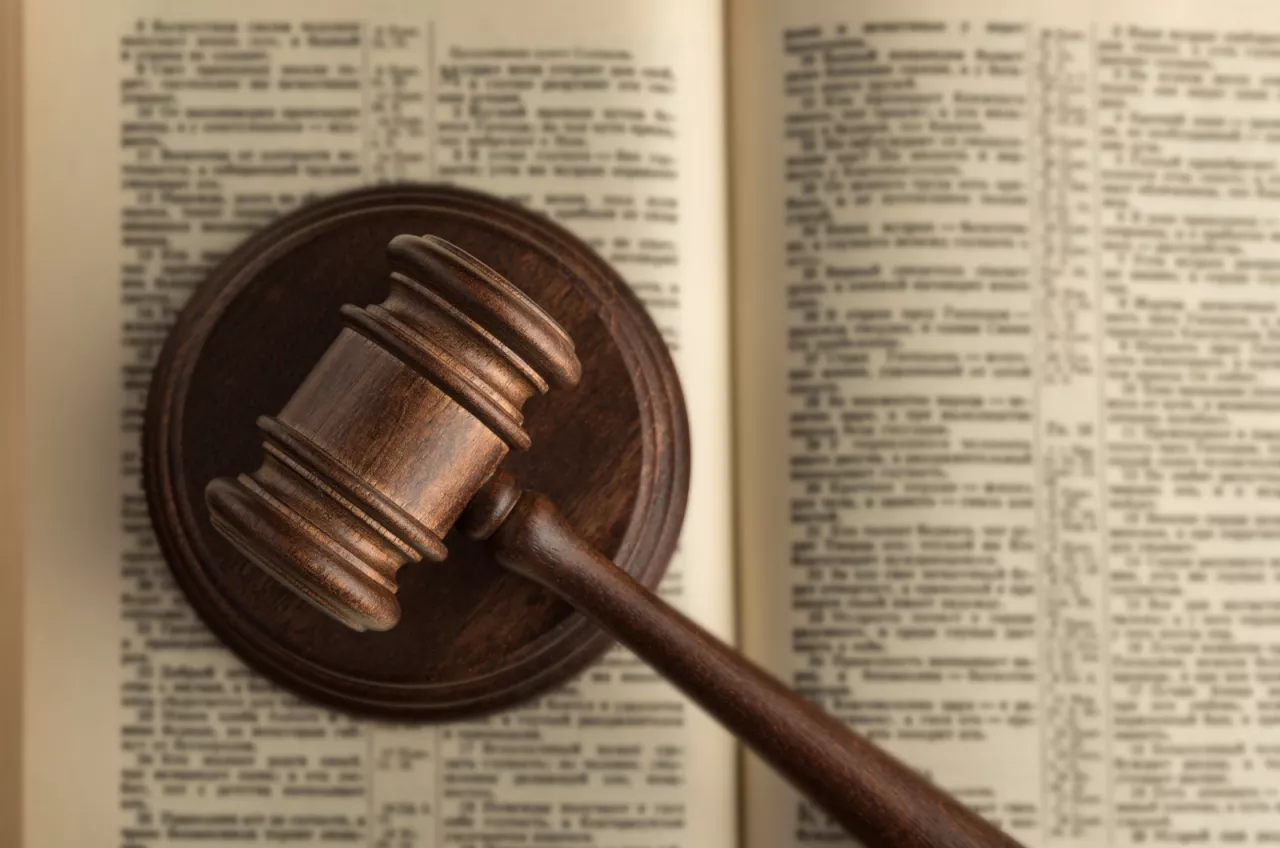Probate law helps guide what happens to a deceased person’s estate, ensuring assets are transferred legally and fairly. It determines how property is distributed, who is responsible for managing the process, and how creditor claims and taxes are handled. Because the probate process involves both probate and non-probate assets, understanding how each one works can make estate administration smoother. Executors, administrators, and personal representatives play key roles throughout the process, helping ensure everything aligns with state laws and the deceased’s wishes.
Understanding Probate Law and Estate Administration
Probate law provides the structure for validating a will and managing an estate after someone passes away. Its purpose is to confirm the legitimacy of the deceased person’s will, guide asset transfers, and protect beneficiaries. When someone dies, their estate typically enters the probate process so the court can verify the will and ensure everything complies with legal requirements.
There are two primary probate scenarios:
- Testate: the deceased left a valid will.
- Intestate: no valid will exists, so state laws determine asset distribution.
Managing an estate involves several key tasks, including collecting assets, taking inventory, assessing value, overseeing ongoing management, and distributing the assets. Executors or administrators ensure all items are documented, appraised, and protected while addressing debts and taxes. This entire framework helps minimize disputes and maintain fairness for heirs and beneficiaries.
Initiating the Probate Process: Filing Petitions and Court Authority
The probate process officially begins when someone files a petition with the probate court. This filing includes essential legal documents, such as the will, which allows the court to verify authenticity and confirm how assets should be transferred. If no will exists, the documents clarify how the estate must be distributed according to state laws.
Once the petition is filed, the court reviews all materials, may schedule a hearing, and then grants authority for estate management. After that, a personal representative—either an executor or administrator—is appointed to gather assets, settle debts, and distribute the remaining estate property to beneficiaries. These early steps create the legal foundation for everything that follows.
Defining Roles: Personal Representative, Executor, and Administrator
A personal representative serves as the fiduciary responsible for managing the deceased person's estate. If the individual was named in the will, they are the executor; if appointed by the court due to lack of a will, they are the administrator. Both roles require careful attention to asset management, debt settlement, and communication with beneficiaries.
They must prepare inventories, value assets, handle claims against the estate, and maintain transparent records. Whether acting as executor or administrator, a personal representative must balance legal obligations with compassion, all while honoring the deceased’s wishes.
Managing Estate Assets: Collection, Inventory, Appraisal, and Protection
Managing an estate begins with gathering all probate and non-probate assets. This includes real estate, bank accounts, personal property, life insurance proceeds, and retirement accounts. Every asset must be properly inventoried to establish transparency and ensure the entire estate is accounted for.
Appraisals help determine the market value of estate assets, especially for high-value items like real estate or jewelry. After valuation, the executor or administrator must protect the property from loss, depreciation, or misuse while probate is ongoing. Joint tenancy or beneficiary designations can streamline transfers, but other assets in your estate may require ongoing oversight until distribution is complete.
Types of Estate Property and How They Transfer
The table below summarizes how different asset categories are handled during probate:
|
Type of Asset |
Probate or Non-Probate? | How It Transfers | Notes |
| Real estate (sole ownership) | Probate property | Distributed according to will or state intestate laws | Requires appraisal |
| Joint tenancy property | Non-probate | Passes automatically to surviving co-owner | Avoids probate |
| Bank accounts without beneficiaries | Probate property | Distributed according to will or intestate succession | Included in estate inventory |
| Life insurance proceeds | Non-probate | Paid directly to named beneficiary | Must keep beneficiary designations updated |
| Retirement accounts (with beneficiaries) | Non-probate | Transferred directly to beneficiaries | Avoids probate unless no beneficiary is listed |
| Personal property (jewelry, furniture) | Probate property | Distributed via will or state law | Appraisal may be required |
Handling Liabilities: Creditor Notification, Debt Payment, and Tax Considerations
Handling liabilities is a critical part of estate administration. The personal representative must notify creditors through required channels—often public notices and direct communication with known creditors. This opens the window for valid claims against the estate.
After creditors respond, approved debts must be paid before assets can be distributed. These may include loans, credit cards, medical bills, and other outstanding obligations. Taxes also play a role, including estate taxes, inheritance taxes, and federal estate taxes, depending on the size of the estate. Accurate appraisals and proper preparation of gift and estate tax returns help avoid legal issues.
Distributing Assets: Valid Wills, Intestate Succession, and Non-Probate Property
Asset distribution typically follows one of three paths: a valid will, intestate succession, or non-probate transfers. A valid will outlines how property should pass to heirs and beneficiaries. If the will is challenged, the court ensures it meets the necessary legal standards.
Without a valid will, intestate succession laws determine who inherits—usually starting with the surviving spouse and children of the deceased person. Meanwhile, non-probate property like joint tenancy assets, payable-on-death accounts, and life insurance proceeds transfer directly to the named beneficiaries outside the probate process.
Exploring Probate Options: Simplified, Informal, and Formal Proceedings
There are several types of probate proceedings, each designed for different situations:
- Simplified probate: used for a small estate and often supported by a small estate affidavit or affidavit for collection of personal property.
- Informal probate: faster and less court-supervised, suitable for estates with minimal risk of disputes.
- Formal probate: required for large or complex estates, or when disagreements arise between heirs or beneficiaries.
Choosing the right option depends on estate size, complexity, and the likelihood of conflict. Good estate planning—such as creating trusts or using beneficiary designations—may even help avoid probate altogether.
Navigating State Laws and Court Hearings: Legal Resources and Process Oversight
State laws heavily influence how probate works, from timelines to documentation requirements. Some states follow local probate codes, while others adopt parts of the Uniform Probate Code. Because rules vary widely, probate attorneys can provide invaluable guidance, especially when court hearings or formal approvals are required.
Court-issued documents confirm the personal representative’s authority and ensure all legal steps are completed properly. With professional guidance and careful adherence to state regulations, families can reduce errors, prevent disputes, and move the estate through the probate process more smoothly.





